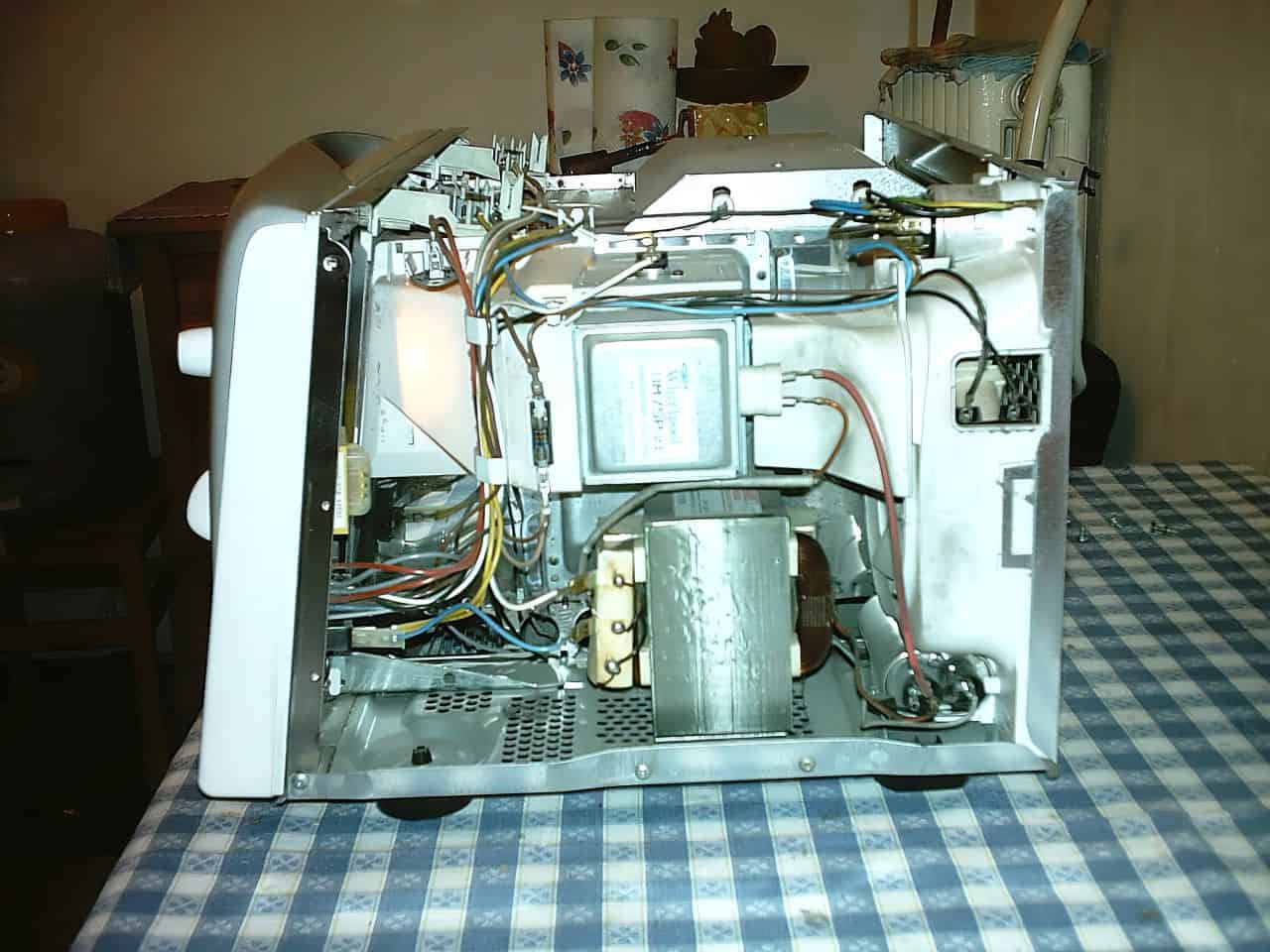Microwaves offer many convenient features that help cook, defrost, and reheat food. But they also have several essential internal and external components that work together to ensure your appliance functions properly.
This genuine OEM microwave door switch replacement part is an excellent option for replacing a broken or worn-out switch that causes your microwave to turn on and off repeatedly or leave it running with the door open.
High-Voltage Transformer
The microwave requires a high voltage of electricity to function. Standard outlets only supply 115 volts of power, but the microwave oven needs much higher levels to heat food. The transformer is the component that alters the voltage level.
The transformer contains a core and two windings: one for lower currents and the other for high winds. The high-voltage winding has many turns of thick, insulated wire wrapped around the core.
A control panel is attached to the transformer, allowing you to set your cooking time with knobs or buttons. A window lets you see the food during heating, and the metal mesh lining prevents radiation from leaking. A cook relay and timer are also positioned on the control panel. This enables you to turn on the microwave and specify the cooking duration.
Waveguide
A waveguide is a device that confines and directs the propagation of electromagnetic waves. It can take many forms, but it typically consists of a hollow metallic tube that allows the waves to travel in only one direction. Wave propagation in a waveguide can be described as either TE or TM, depending on whether the electric or magnetic field is perpendicular to the direction of wave travel.
A microwave consists of internal and external components that work together to reheat leftovers and cook meals. Choose a high-quality microwave with an effective magnetron, voltage transformer, cooling fan, waveguide, cooking cavity, and turntable for reliable performance. A microwave should also include a power cord, control panel, and door switch.
Control Panel
Control panels are the brains of the microwave, allowing you to adjust time, power levels, and other settings. They also protect your microwave from electrical hazards like arcing and fires.
Typically, the control panel is plugged into a GFCI outlet. GFCI outlets are designed to minimize electrical shock hazards in the kitchen by detecting ground faults and cutting off power flow quickly.
You’ll usually find the GFCI outlet in kitchens where appliances are close to water sources, such as sinks. However, you can also use it in other areas that may experience a high risk of electrical problems, such as garages and basements.
Power Cord
The power cord may seem simple, but it’s the essential conduit through which electricity flows from the outlet to your appliance. As such, it must conform to many international standards, markings, and regulations.
Microwaves require a grounded 3-prong outlet with a 120 V electrical supply. Refer to your owner’s manual for model-specific requirements.
For safety, microwaves should not be run on the same circuit as other large kitchen appliances. Unplug your microwave between uses to save energy and reduce the risk of accidental surges. If you want to leave it plugged in, opt for a surge protector to shield your microwave from damage.
Door
Your microwave’s door should open and close quickly. While you might be tempted to slam it shut with your elbow, aggressively slamming a microwave door doesn’t just damage the appliance over time but can also shorten its lifespan. As such, it’s essential to take care when using it, mainly since microwave doors are always hinged on the left. Replacing the door is one of the most expensive repair types for a microwave.
